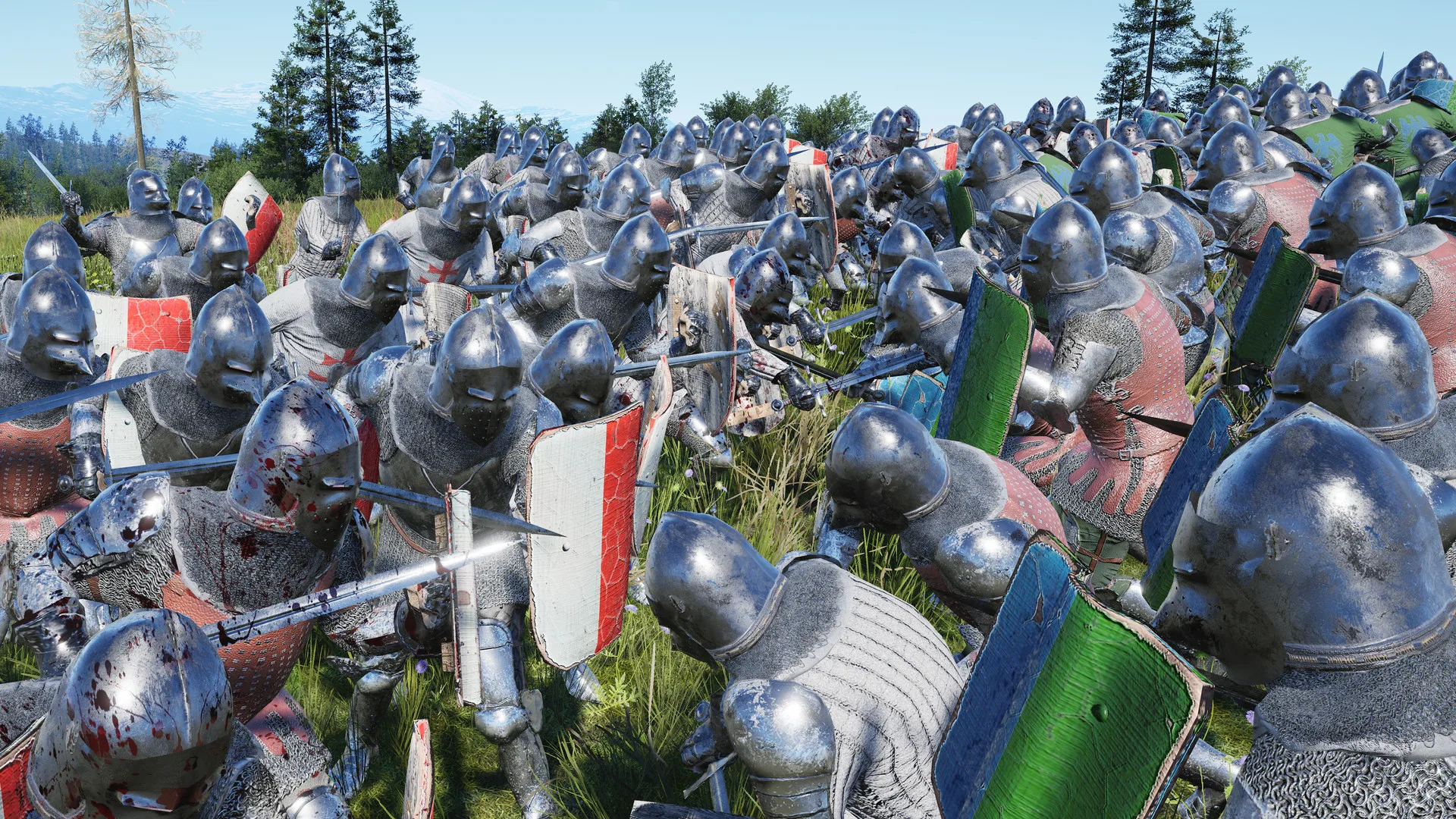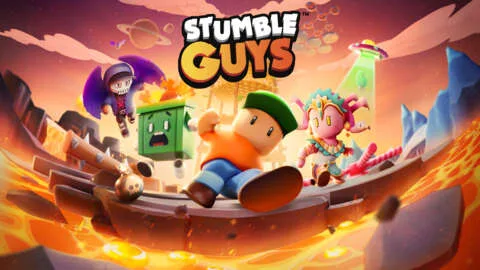Much like David Hasselhoff and Beakman’s World, some things have remained far more popular overseas than they have here in the United States. The same can be said of Jon Van Caneghem’s long-running role-playing strategy video game series, Might and Magic, currently owned by the French publisher, Ubisoft. Now the multi-genre fantasy franchise is making the leap to tabletops in the form of a miniatures wargame called Heroes of Might and Magic: Battles.
However, most consumers are unlikely to rise up and warmly greet their tiny new overlords. That’s because miniatures wargaming is a hotly contested marketplace, both at home and abroad. So how does licensor Archon Studio (Wolfenstein: The Board Game, Masters of the Universe: Battleground) plan to confront Games Workshop, the 800-pound gorilla that has dominated the space for more than 30 years? By hiring on two of its most acclaimed former designers, Andy Chambers and Jervis Johnson, to do the dirty work. Polygon spoke with both men via video conference earlier this month, and they have clearly done their high-fantasy homework.
Chambers and Johnson told Polygon that Heroes of Might and Magic: Battles will be based on the franchise’s most beloved expression, the PC hit Heroes of Might and Magic 3: The Restoration of Erathia. Released in 1990, the game remains a bit of a unicorn, blending strategy with more traditional role-playing mechanics across multiple isometric maps. Rather than seeing that as a limitation, the duo — who cut their teeth on Warhammer Fantasy Battle before moving on to create games like Blood Bowl, Necromunda, and Warhammer Epic 40,000 — see it as an opportunity.
“The first thing you have to worry about in any game is your [intellectual property],” Chambers said. “What are you actually making? Is it armored Zeppelins? Spaceships? What? Because, obviously, that’s going to dictate a lot about the game itself.”
Heroes of Might and Magic 3 puts players in the role of the eponymous hero, a noble with a kingdom who quests across the land building up a retinue of followers and pushing back the borders of their empire. Johnson and Chambers are embracing that aspect of the game with what they call Kingdom Cards, abstracted bits of infrastructure that sit next to the battlefield proper to provide support to units in the field. But it’s the composition of a player’s army itself that is most likely to turn heads at the local game shop.
For the foundation of Heroes of Might and Magic: Battles, the duo settled on an element-based method whereby players are able to assemble small groups of fighters on top of a single plastic base. That element could contain a mixture of infantry and cavalry, or ranged and melee units. Or the element could be homogenous, with several of the same types of units. Either way, their makeup will be entirely up to the player, who is free to collect models all across the entire product line to make up their own unique army, one where dragons and demons can fight alongside skeletons and knights in shining armor.
“Within the army building there are rewards to focusing on one faction,” Johnson said. “But you don’t have to. It’s up to you. So, if you particularly want that dragon model, whatever it might be, in your collection, and you want to use it in your games, then you can just take it basically. It’s completely up to you, which I think is rather a cool thing.”
Another part of the miniatures game that’s drawn directly from the video game is an emphasis on luck. The duo came to find that Heroes of Might and Magic 3 allows for a very small percentage chance of landing a lucky strike against your opponent that does extra damage. To model this in the miniatures game, every set of attack dice rolled will also have a d20 thrown in for good measure.
“If you get a 20 […] that’s a lucky attack,” Johnson said. “Most units get at least a plus-one to the dice roll, so it’s not like a one-in-20 chance. It’s usually about a one-in-10 [or] one-in-five chance. And if that happens, then it doubles up the effect of the hits that you inflict on the enemy.
“It means that even an ordinary unit, like a unit of skellies, can have its day in the sun, basically, and inflict quite a lot of damage,” Johnson continued. “It makes it quite unpredictable, the combat and the shooting. It’s difficult to tell exactly what’s going to happen. You’ve got a pretty good idea, but you won’t know for sure [until you roll the dice].”
The same is true of the game’s morale system, which also uses the same 20-sided die, called a fate die. Roll well, and your army might even have a chance to take a second turn before the opposition.
Chambers and Johnson said that the project is still in its early stages, with a first draft of the rules now with Archon Games for review. The pair are practically buzzing about what they’ve created, and are excited to see it in the hands of eager fans. But, more than anything else, they’re just happy to be working together again.
“Jervis stayed at Workshop after I left [in 2004],” Chambers said with a wry smile. “That was more than 20 years ago now. So it was a chance to work with Jervis again, [which] means a lot to me, it must be said.”
“For both of us, it’s the same,” echoed Johnson. “It’s nice to be able to work together, because we always had a great working relationship. [We’ve] bounced ideas off of each other, had some knock-down arguments about various things to do with rules, and always came away respecting each other at the end of it, basically. So it’s a sign of a good working relationship when you can really argue your corner.”
Expect more on the development of Heroes of Might and Magic: Battles on the Archon Games website and its many social media channels.



